Latvian ornamental design: Lielvārdes belt braclet
On my "To Do List " one of the points is to promote my country, Latvia, and not only Riga, beaches and pubs, but also our rich cultural heritage. The world of fashion and accessories know and use colorful African graphical designs, amazing designs of American Indians, Celtic knot art, but Latvian ornamental art of symbols is mainly unknown.
This bracelet represents very small part of Lielvārdes belt and you can make it. It takes only some and patience.
The basic characteristic of the Latvian ornamental design is its geometric and abstract form. There are 12 main signs in this graphic alphabet. The signs are the visual representations of ancient Gods. By putting these signs in different combinations, you create not only Latvian ornamental design, but you write a message to the future.

The signs basically are made from angular line breaks in 45*, 90*, 135*. This emphasis on angular lines, however, is not exclusive. Curves, circles and even spirals are often added in metal and ceramic ornamentation.
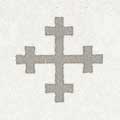
Cross of Crosses of Māras Cross- Māra is Goddess of birth and death. A combination of four crosses, this symbol has been carved on ancient sacrificial stones for bestowal of divine favors. These crosses is symbol of hearth and home. Māra provides bread and fire.
Cross – Perhaps due to its simplicity the cross sign has been widely used since antiquity. Found on Early Iron Age jewelry, it has no relationship to Christianity.
The Sign of Thunder Cross - Also known as Fire Cross, Cross of Fortune or Swastica this sign is common to all Indo-European cultures. It is the symbol of fire, thunder, light, fortune, health and prosperity. This sign was forbidden during the Soviet occupation period in Latvia and in museums all articles with this sign were taken out of exhibitions.

The Sign of Sun - Sun is the dominant feature of God’s heaven. One of the most important deities- driven across the sky in horse-drawn chariot of gold and looks after the soul and the life beyond.
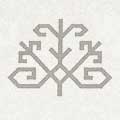
Tree of Sun - A combination of the basic design elements creates diversified symbol extensions. Such is the Tree of Sun, which represents reaching upward and growth.

The Sign of Moon - Moon is the symbol of warriors. This sign is most often found on swords, bracelets and other objects carried by warriors. Moon shapes are also used in forming pendants for fibulae.
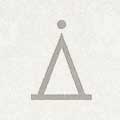
The Sign of God or Heaven - The presence of God, his love, caring and goodness is widely proclaimed in Latvian folksongs. It is represented by a slender triangular shape above a horizontal base line (Earth-mother) and with a circle at its apex – God above the expanse of the heavens.
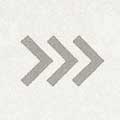
The Sign of Laima - Laima determined the destiny of people. It was believed that she lived under the threshold and was not to be disturbed by handing anything over it. Also looks after women giving birth and determines the moment of deaf.
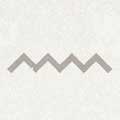
The Sign of Māra - Māra is the deity of earth and water and all the creatures within. The sign represents rivers, lakes and sea.
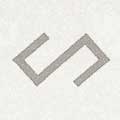
The Sign of Zalktis (Serpent) - This sign, found on women’s apparel and jewelry, represents the ancient serpent cult. In Latvian mythology the harmless snake Zalktis was the guardian of wealth and well-being and therefore had to be protected and cared for
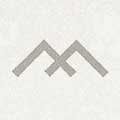 The Sign of Jumis - Depicting a double spiked stalk of grain, Jumis symbolizes fertility and prosperity. Jumis is symbolized by the two-eared stalk of grain, and honored by a variety of mystical rites in the fall.
The Sign of Jumis - Depicting a double spiked stalk of grain, Jumis symbolizes fertility and prosperity. Jumis is symbolized by the two-eared stalk of grain, and honored by a variety of mystical rites in the fall. 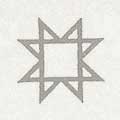
The Sign of Auseklis (Morning Star) - Of the many star design variations, Auseklis is the most prominent. It is often mentioned as a protector and contains numerous references to „star blankets” and „star coats.” Protects sleeping souls from the evil.

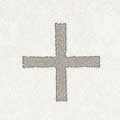
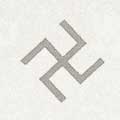


Comments
Post a Comment
I love comments and they are great source of information and encouragement.